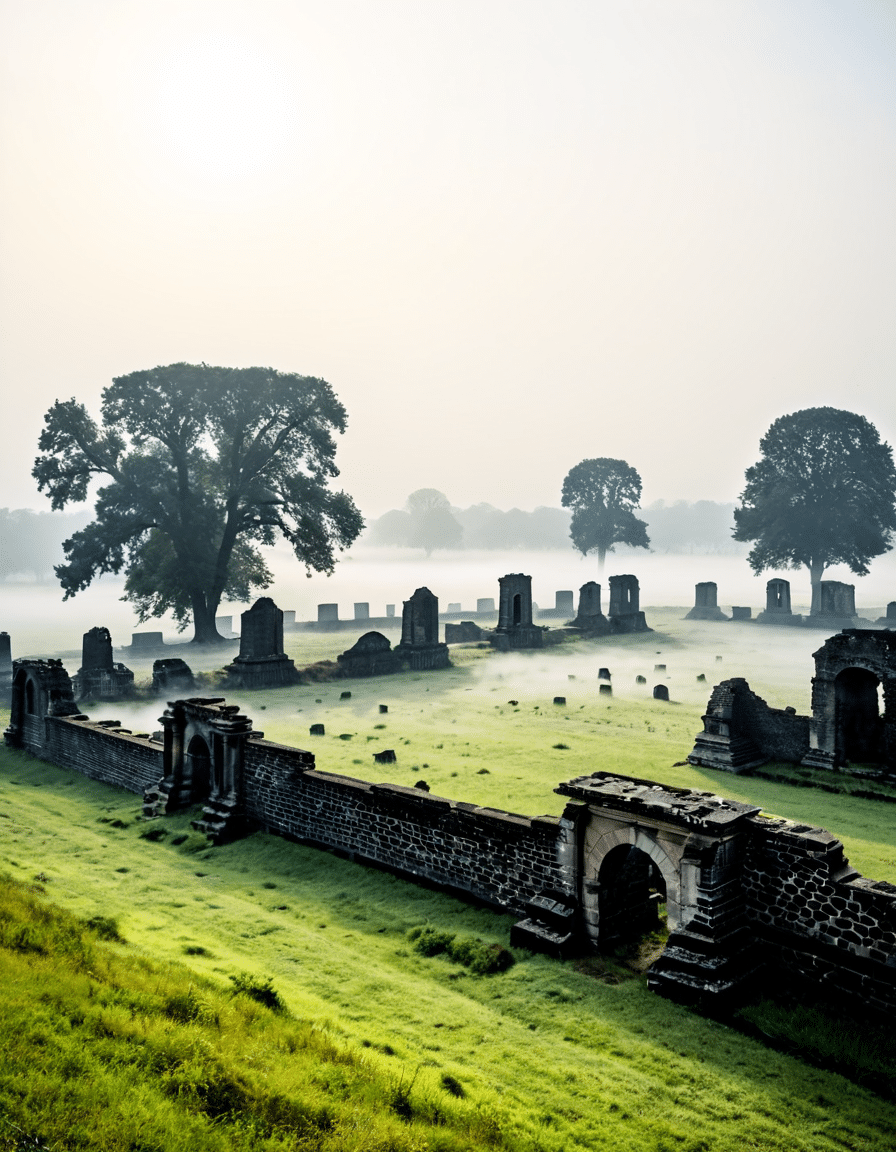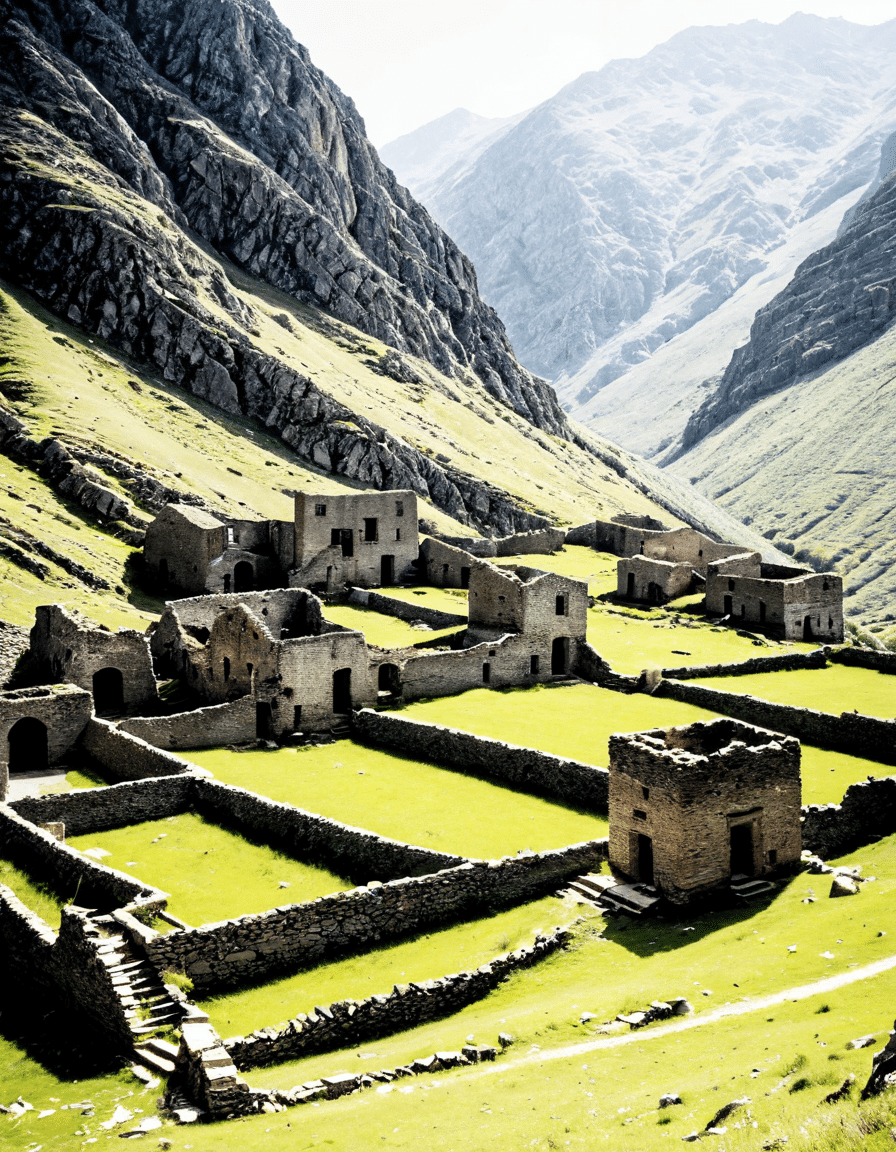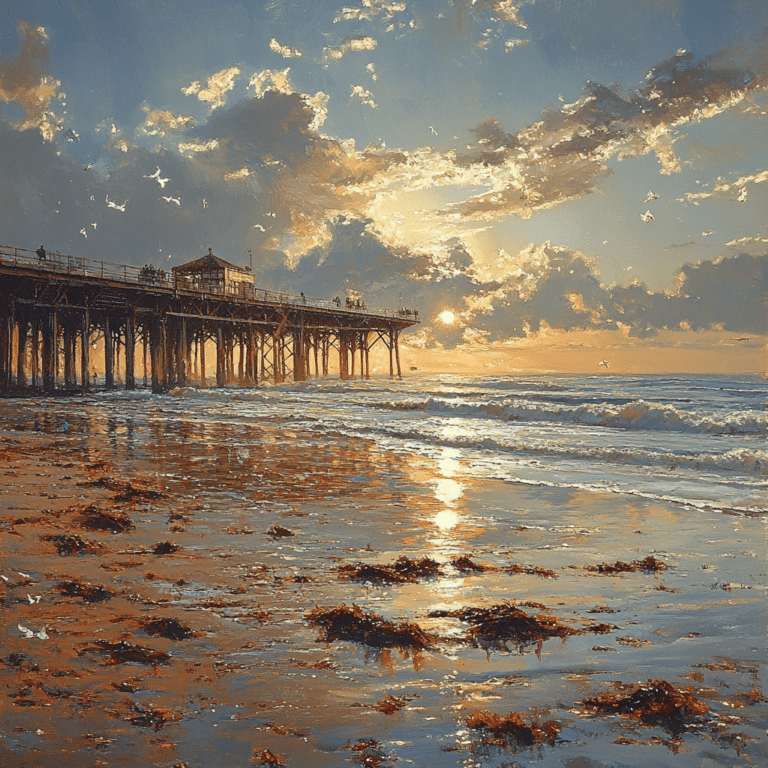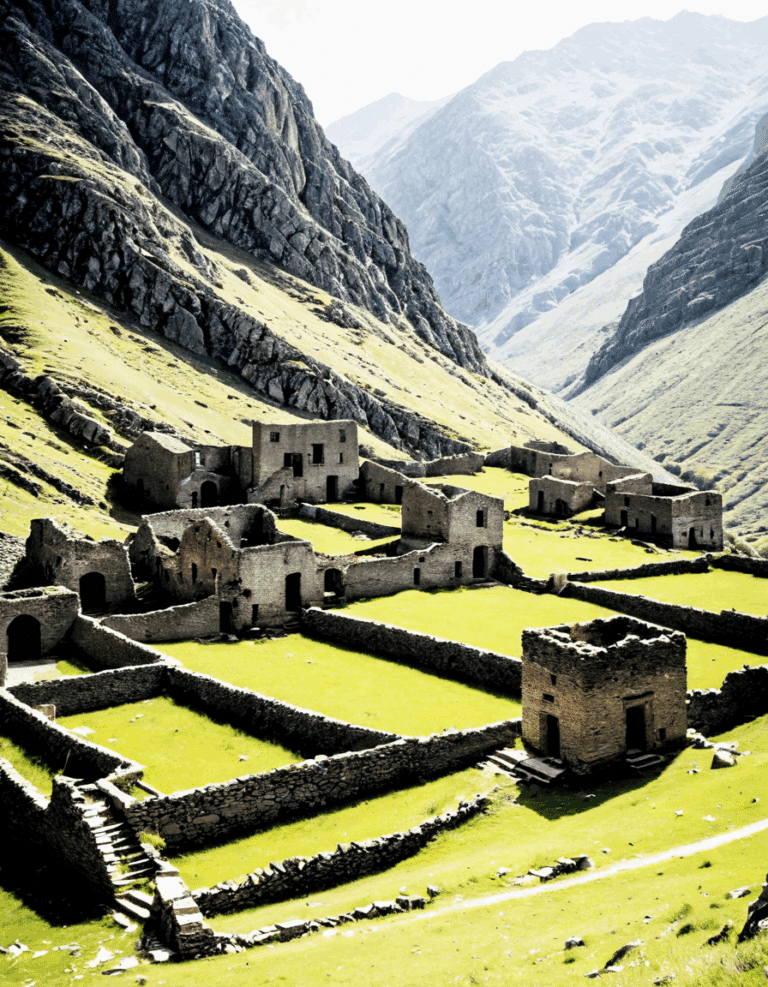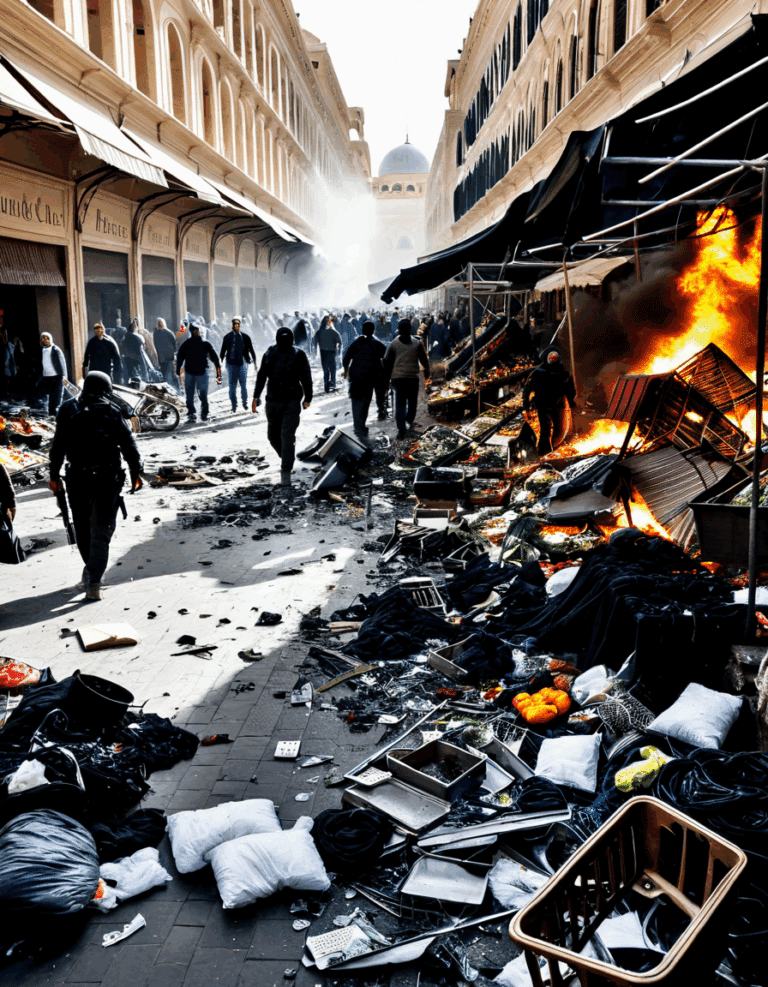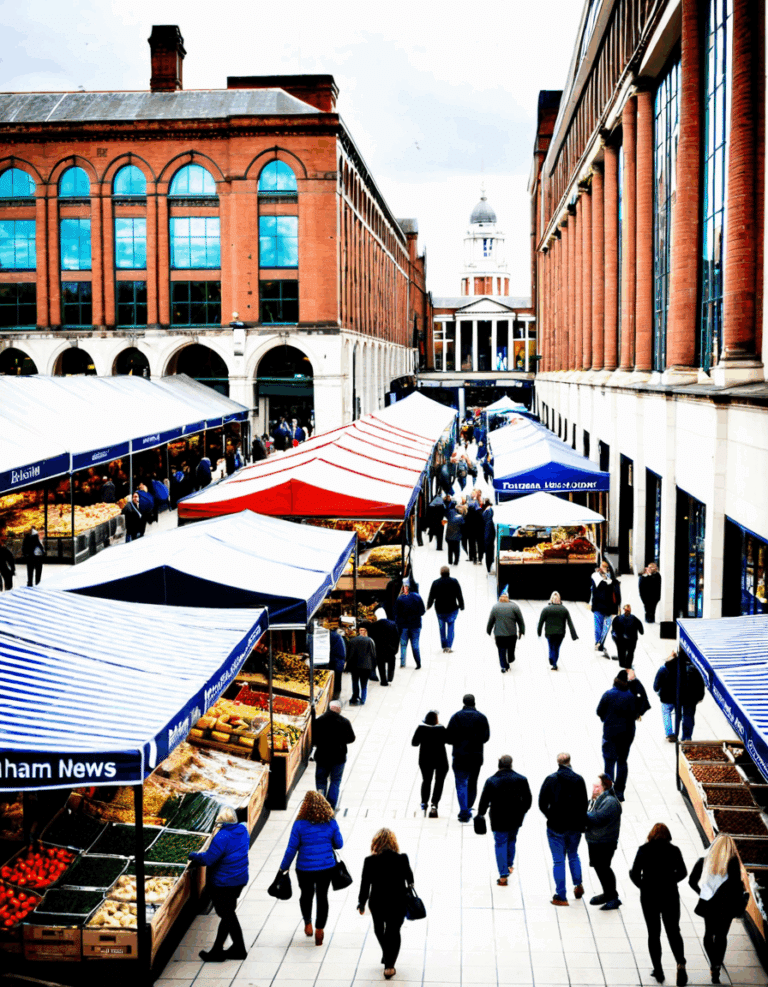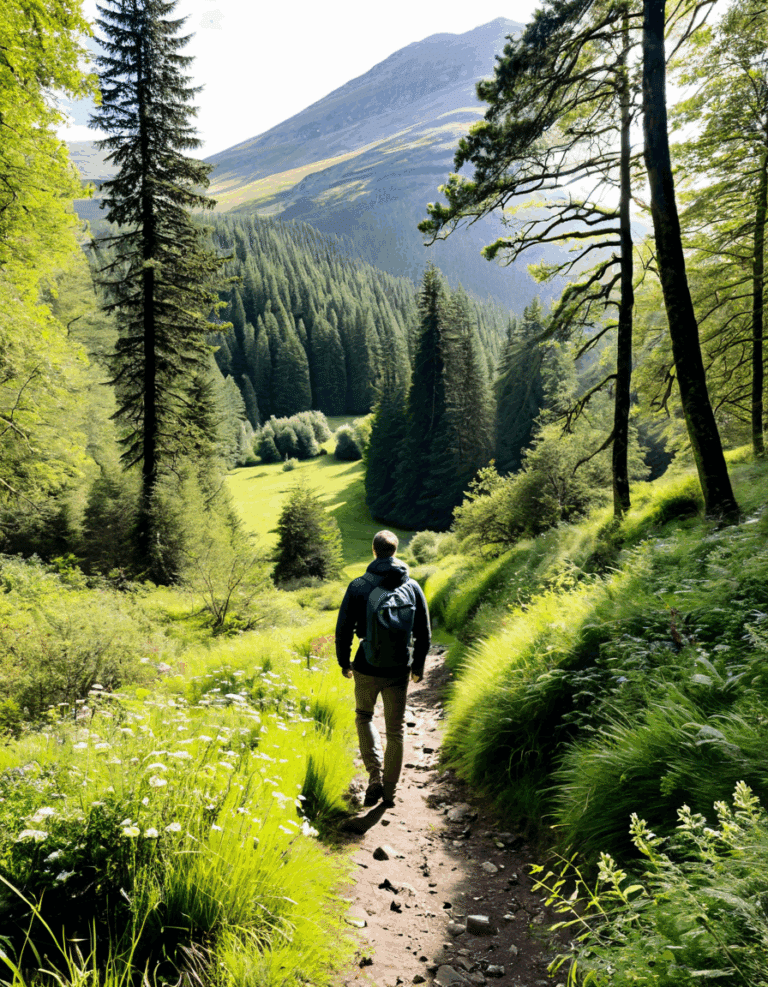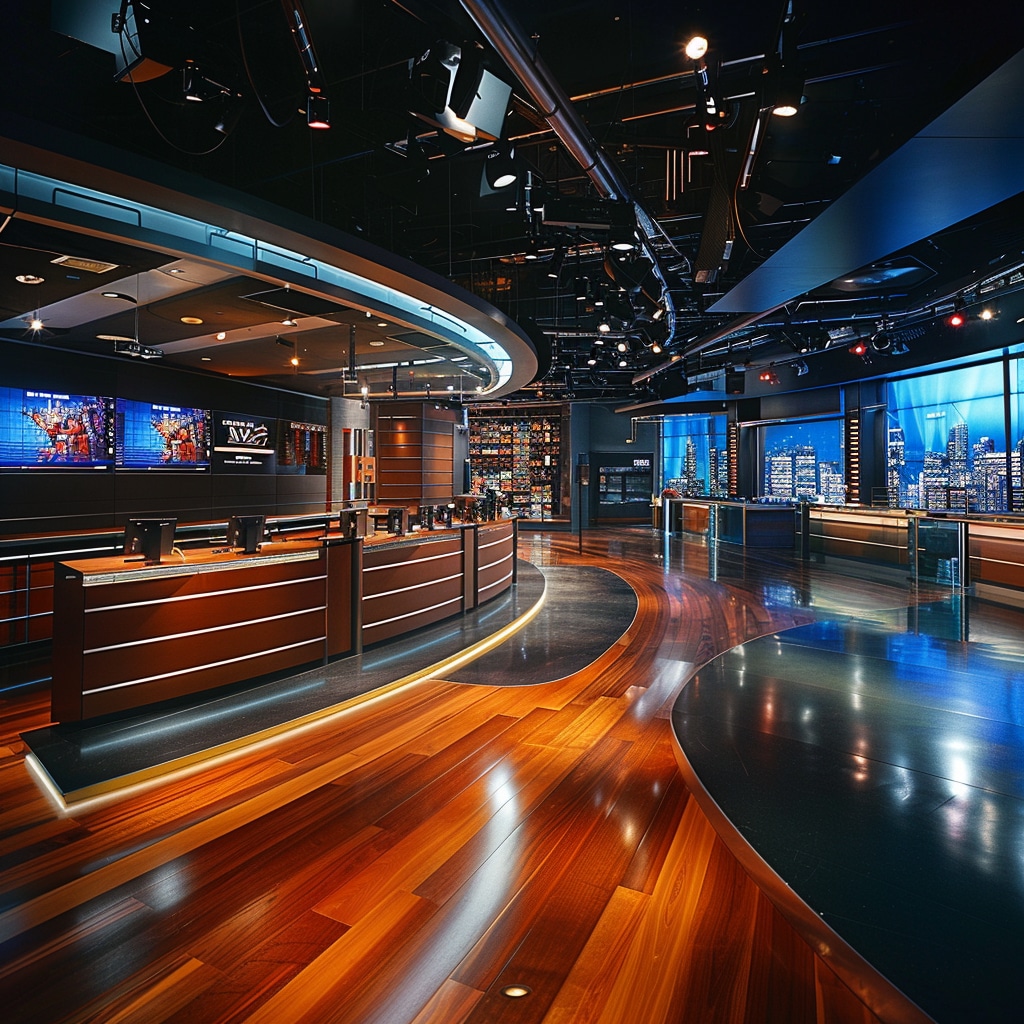History has a way of echoing through time, remained alive within the ruins that testify to both grandeur and tragedy. Across the globe, these remnants of past civilizations challenge us to confront uncomfortable truths, igniting spirited conversations around the cultural, ethical, and sociopolitical lessons encapsulated within their crumbling walls. From the chilling reminders of human cruelty to stunning architectural brilliance, these ruins spur reflections that resonate deeply with our conservative values and promote discussions on pivotal themes like personal responsibility, morality, and the preservation of history in the face of modern dilemmas.

1. The Terracotta Army: Silent Guardians of a Massacre
When the Terracotta Army emerged from the earth in 1974 near Xi’an, China, it unveiled the captivating legacy of Qin Shi Huang, the First Emperor. What lies beneath these ruins goes beyond just awe-inspiring artistry and grandeur; it reveals the dark reality of a tyrannical rule that relied on mass executions to maintain control. Investigators suggest that the workforce behind this monumental assemblage may have suffered severe casualties, possibly including a massacre of laborers who paid the price for historical ambition.
This presents a stark reminder of the extent to which some leaders endeavor to consolidate their power, often disregarding the sanctity of human life. Today’s political debates evoke this legacy, recalling how authoritarian practices persist across different regimes. A man who seeks a government that honors the dignity of all individuals understands this very struggle.

2. Auschwitz-Birkenau: Echoes of the Holocaust
Auschwitz-Birkenau evokes nothing less than deep sorrow and horror as it serves as a crucial memorial of the Holocaust, meticulously recording the suffering of millions under Nazi tyranny. Walking through these ruins invites an overwhelming silence that offers space for solemn contemplation about the depths of cruelty and the importance of moral accountability. As we recall the inhumane atrocities committed, we are challenged to reflect upon our responsibilities in ensuring such heinous acts never repeat themselves.
With the advancement of technology, new methods—including virtual reality experiences—are becoming essential educational tools. They transform the ways younger generations learn about terror and injustice, encouraging them to grasp the lessons of history before they fade from our collective memory. No one should ever forget our shared past; this understanding can empower us to foster respect and compassion in our conversations.

3. The Colosseum: A Launch Pad for Entertainment and Death
Rome’s Colosseum stands as a grand monument, but it also supports a darker narrative threaded through its history. This iconic arena, once a center for gladiatorial contests that drew enormous crowds, illustrates society’s gory appetite for entertainment intertwined with massacre. Recent archaeological discoveries reveal intricate mechanisms that allowed exciting spectacles to unfold before blood-thirsty audiences, making it easy to see how civilization can blur lines between enjoyment and savagery.
Reflecting on the Colosseum encourages us to contemplate the values we uphold in today’s entertainment industry. Are we celebrating acts of violence and cruelty through our media, glamorizing actions that undermine our shared humanity? It challenges us to instill values of respect and integrity, as well as greater accountability in the stories we tell.
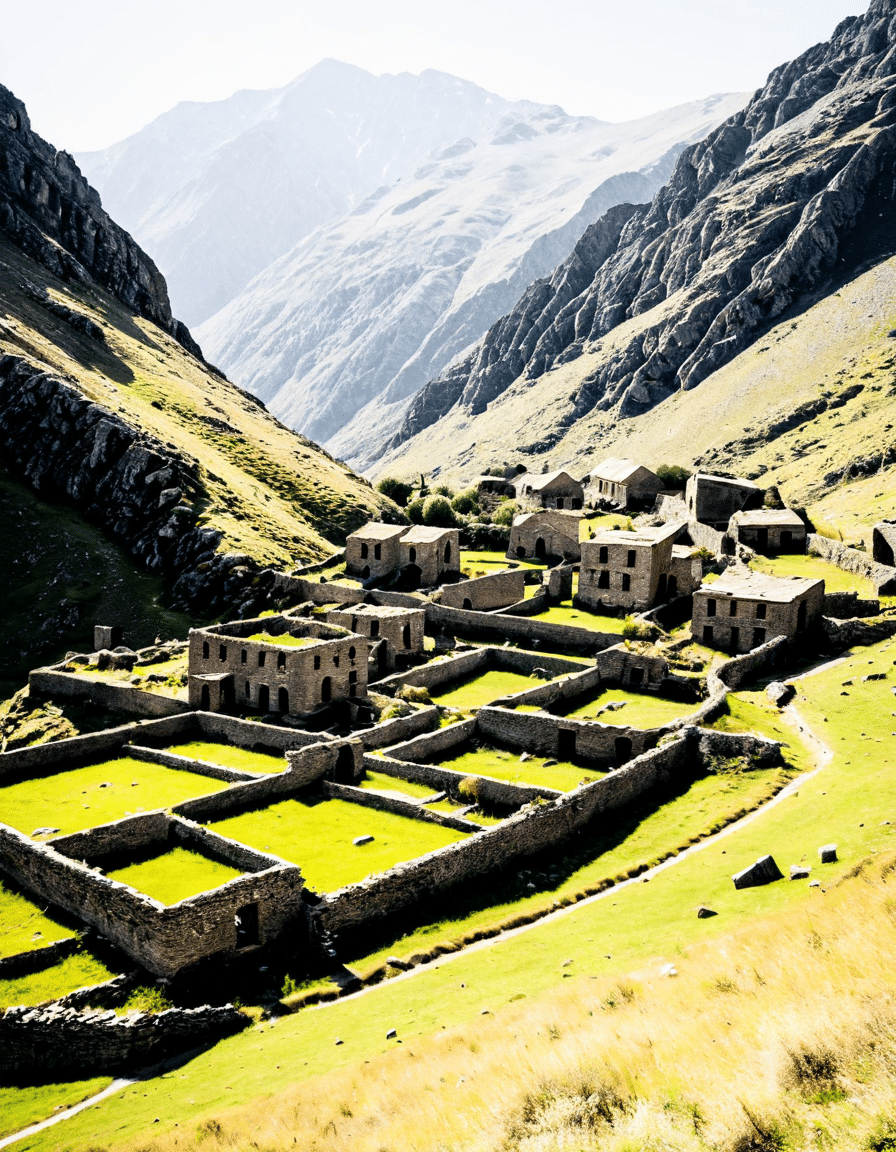
4. Chichen Itza: Where Civilization Crumbled
Chichen Itza stands tall as a testament to the once-thriving Mayan civilization, yet these ruins are a bittersweet reminder of societal decline. With the grand El Castillo pyramid reaching for the heavens, it’s easy to get lost in its beauty. However, the backdrop of collapse—marked by environmental neglect and warfare—raises pertinent questions about sustainability and resiliency.
As we survey these fallen structures, we’re prompted to examine the impact of neglect and violence on civilization. This is not merely about ancient tribes; it’s about recognizing that climate change and our relationship with the natural world impact every facet of modern life. Our duty is to learn from the past and promote practices that safeguard future generations.

5. Pompeii: Frozen in Time After a Catastrophe
The ruins of Pompeii tell an extraordinary story, preserved under layers of volcanic ash from the eruption of Mount Vesuvius in 79 AD. This unique negligence of time thrusts visitors back into ancient urban life, showcasing fascinating murals, household artifacts, and even the tragic remains of residents caught unaware. Each layer of ash embodies lessons about preparedness, vulnerability, and the unpredictable nature of our world.
Understanding Pompeii’s history empowers us to address today’s urban challenges, urging us to create more resilient city infrastructures amidst changes wrought by climate fluctuations. Recent studies demonstrate that cities must develop strategies to mitigate risks and ensure the safety of their inhabitants. In confronting such looming threats, we can apply conservatism’s core tenets of personal responsibility and community resilience.
6. Tenochtitlan: The Birthplace of an Empire
The submerged ruins of Tenochtitlan narrate a tale of an astonishing civilization built on an intricate network of islands in Lake Texcoco. However, these remnants also underscore a more complex story—the violent conquest by Spanish conquistadors that resulted in a massacre that decimated indigenous populations. The ruins speak to the clash of civilizations that has shaped the Americas, compelling us to honor their histories as we define our identity.
Understanding Tenochtitlan calls for heart and humility. Recognizing the casualties of colonization allows us to hold informed discussions about the importance of preserving cultural identities, acknowledging the complex relationships between cultures, and learning from the resilience that shapes our contemporary narratives.
7. The Ruins of Carthage: Echoes of Rivalry and Resilience
Carthage’s ruins, nestled in modern-day Tunisia, reveal the city’s tragic demise during the Punic Wars, where Roman forces eradicated its inhabitants. Often overshadowed by Rome’s legacy, archaeology showcases Carthage’s thriving trade networks and cultural vibrancy. Recent excavations spark vital dialogues about resilient spirits and forgotten stories that call for preservation and respect.
The narrative of Carthage helps draw parallels with modern experiences of cultural sacrifice and adversity. As we grapple with contemporary issues around national identity and historical revisionism, it’s crucial to acknowledge the strengths and challenges of cultures that faced adversity. This reflection can ignite pride in who we are while promoting constructive conversations about survival and dignity.
Final Thoughts: Learning from Our Past
In contemplating these ruins, we uncover far more than stones stacked in antiquity; we unlock narratives that resonate with our grandchildren’s future. Each site urges us to confront uncomfortable realities, compelling us to reflect on questions of morality, responsibility, and the cost of civilization-building. These stories demand our attention, as they can catalyze crucial discussions about our values today.
Our deep engagement with these remnants can shape a clearer, more accurately enlightened future. By fostering compassionate awareness and implementing lessons from history into our rapidly changing society, we can strive for a unified approach to progress. History’s weighty echoes call upon us to be guardians of our past, sowing the seeds of a more just society that respects both our traditions and our future.
Reflecting on all this encourages us to rally as we defend our rights, counteractively challenging the narratives pushed by the ‘Woke’ movement. Let’s hold true to our beliefs and ensure they resonate loud and clear in the annals of history.
Ruins That Will Leave You Speechless
The Stories Behind Ancient Ruins
Ruins often whisper tales of yesteryears, revealing stories of cultures that thrived long before us. Picture the majestic Colosseum in Rome. Its remnants are a testament to an incredible architectural feat and a stark reminder of the gladiatorial contests that once captivated thousands. Interestingly, while discussing ancient marvels, you might think of iconic statues like Brussels’ little Manneken Pis, which has weathered the test of time, similar to many historic ruins. Just like this cheeky fountain, many ruins are unknowingly subtle symbols of resilience, much like our favorite sports stars—like Nick Bosa and his well-known girlfriend—who embody tenacity in their own way.
The Impact of Ruins on Culture and Society
History isn’t just about bricks and mortar; it’s often shaped by events that rocked societies to their core. Take the ruins of Pompeii, for instance, which give us a snapshot of Roman life frozen in time, echoing the chaos of its volcanic eruption. This catastrophic event parallels the chaos seen in modern cities during Riots, reminding us how swiftly life can change. Similarly, ruins often inspire current trends, much like how the scent of Byredo perfume can transport you to different emotional landscapes. The ability of these ancient sites to evoke deep reflection invites us to consider how our own actions might be perceived in the future.
Ruins and Their Contemporary Reflections
As we stroll through these historical landmarks, we can’t help but marvel at how nature and time have intertwined with human craftsmanship. The allure of ruins goes beyond mere visuals; they nourish the imagination. They evoke myriad emotions, reminiscent of fictional characters like Jackson Storm, who face obstacles yet strive for greatness. Discussing modern-day challenges evokes empathy, much like the recent stories surrounding figures like Danny Masterson, whose trial reminded us of the complex narratives of our own lives.
Ultimately, these ruins serve as a canvas for reflection. Just like the clever challenges on the Big Brother network, they encourage us to delve deeper into the human story. So, as you wander through these echoes of the past, remember that they hold lessons and inspiration waiting to be discovered, much like the transcendent art of Tusi, which animates conversations and cultural exchanges today. Each ruin beckons us to explore, learn, and connect, reminding us that history, much like the present, is an ever-unfolding journey.
